的点评
Barty
Banjo Paterson Park的点评
点评:Poet, solicitor, journalist, war correspondent and soldier and widely considered the greatest writers of Australia's colonial period.
"The poet frog, in his plaintive tone,
Sang of a sorrow was all his own;
“How shall I win to my heart’s desire?
How shall I feel my spirit’s fire?”
And the solo frog in his deepest croak,
“To fire your spirit,” he sang, “eat coke,
Coke, eat coke,”
And the chorus followed him: “Coke, coke, coke!"
And whilst he wrote the book, "The Animals Noah Forgot"... as above, that is not what he was famous for. While on holiday in Queensland late in 1895, Paterson stayed with friends at Dagworth station, near Winton. Here he wrote 'Waltzing Matilda' which was to become Australia's best-known folk song.
There is a formalised fence at the front of the park, near the statue of Banjo... and atop the fence is a series of his works on plaques. The park has established trees and formalised gardens and a playground, but mostly it pays homage to this man.
"The poet frog, in his plaintive tone,
Sang of a sorrow was all his own;
“How shall I win to my heart’s desire?
How shall I feel my spirit’s fire?”
And the solo frog in his deepest croak,
“To fire your spirit,” he sang, “eat coke,
Coke, eat coke,”
And the chorus followed him: “Coke, coke, coke!"
And whilst he wrote the book, "The Animals Noah Forgot"... as above, that is not what he was famous for. While on holiday in Queensland late in 1895, Paterson stayed with friends at Dagworth station, near Winton. Here he wrote 'Waltzing Matilda' which was to become Australia's best-known folk song.
There is a formalised fence at the front of the park, near the statue of Banjo... and atop the fence is a series of his works on plaques. The park has established trees and formalised gardens and a playground, but mostly it pays homage to this man.
翻译:诗人、律师、记者、战地记者和士兵,被广泛认为是澳大利亚殖民时期最伟大的作家。
“诗人青蛙,用他哀怨的语调,
吟唱着他自己的悲伤;
‘我该如何赢得我内心的渴望?
我该如何感受我灵魂的火焰?’
青蛙独唱,用它最深沉的嘶鸣,
“为了点燃你的精神,”他唱道,“吃可乐,
可乐,吃可乐,”
合唱随之响起:“可乐,可乐,可乐!”
尽管他写了《诺亚忘记的动物》这本书……但这并不是他成名的原因。1895年末,帕特森在昆士兰度假期间,与朋友们住在温顿附近的达格沃思车站。在这里,他创作了后来成为澳大利亚最著名的民歌《华尔兹·玛蒂尔达》。
公园前面,靠近班卓琴雕像的地方有一道正式的围栏……围栏上方是一系列他的作品,挂在牌匾上。公园里有树木、正式的花园和游乐场,但主要是为了向这位老人致敬。
“诗人青蛙,用他哀怨的语调,
吟唱着他自己的悲伤;
‘我该如何赢得我内心的渴望?
我该如何感受我灵魂的火焰?’
青蛙独唱,用它最深沉的嘶鸣,
“为了点燃你的精神,”他唱道,“吃可乐,
可乐,吃可乐,”
合唱随之响起:“可乐,可乐,可乐!”
尽管他写了《诺亚忘记的动物》这本书……但这并不是他成名的原因。1895年末,帕特森在昆士兰度假期间,与朋友们住在温顿附近的达格沃思车站。在这里,他创作了后来成为澳大利亚最著名的民歌《华尔兹·玛蒂尔达》。
公园前面,靠近班卓琴雕像的地方有一道正式的围栏……围栏上方是一系列他的作品,挂在牌匾上。公园里有树木、正式的花园和游乐场,但主要是为了向这位老人致敬。
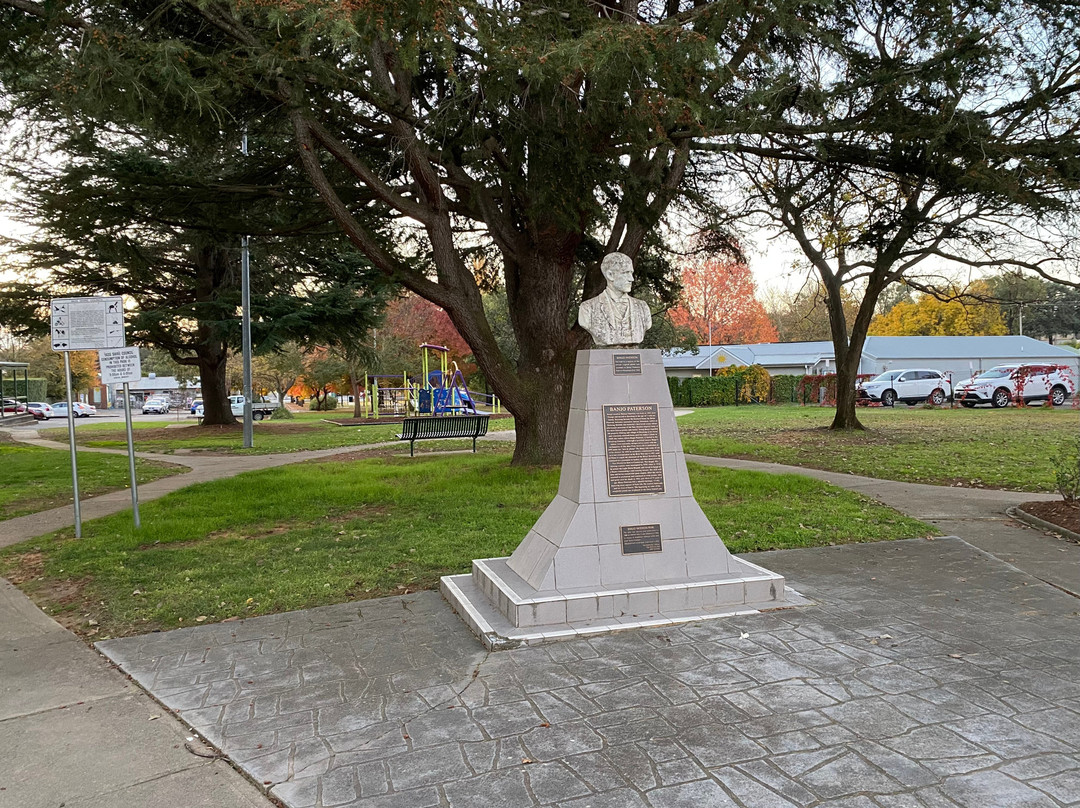
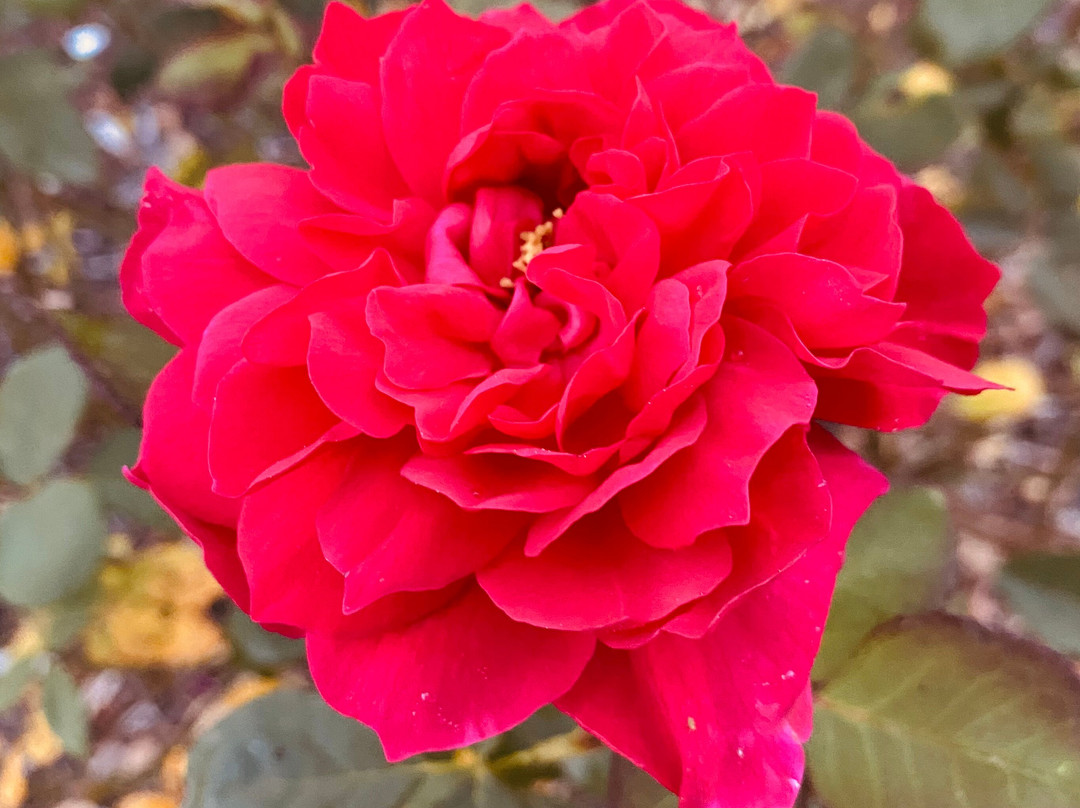
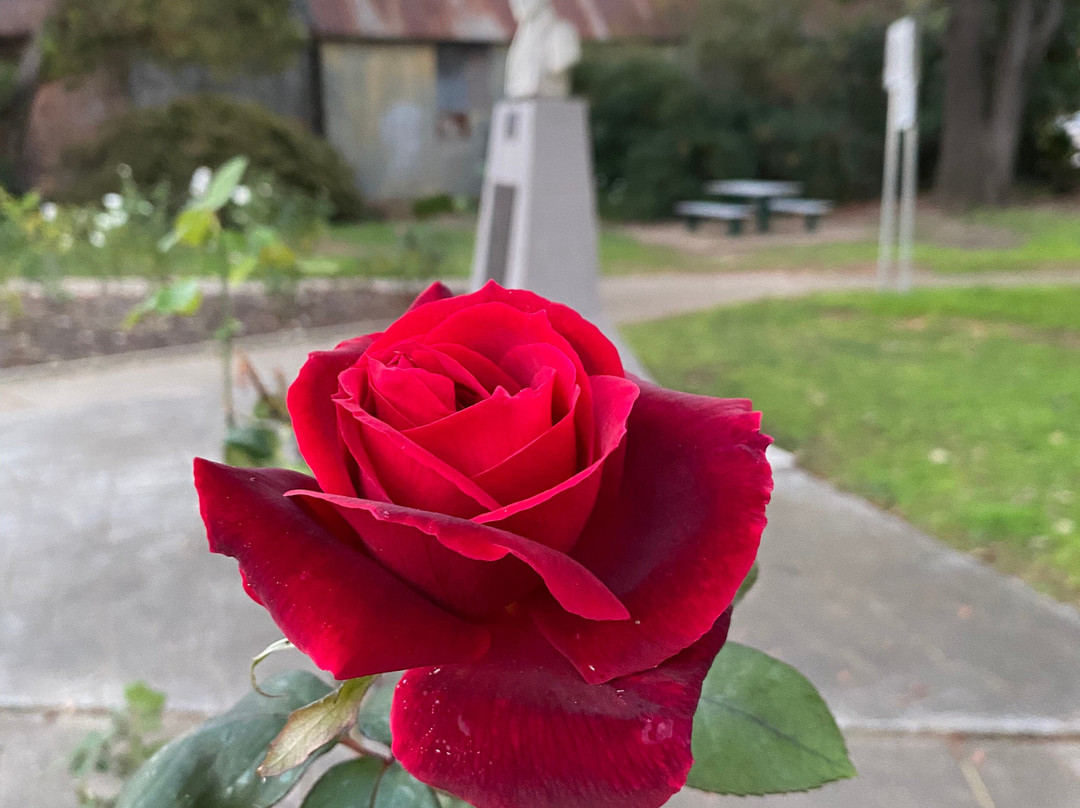
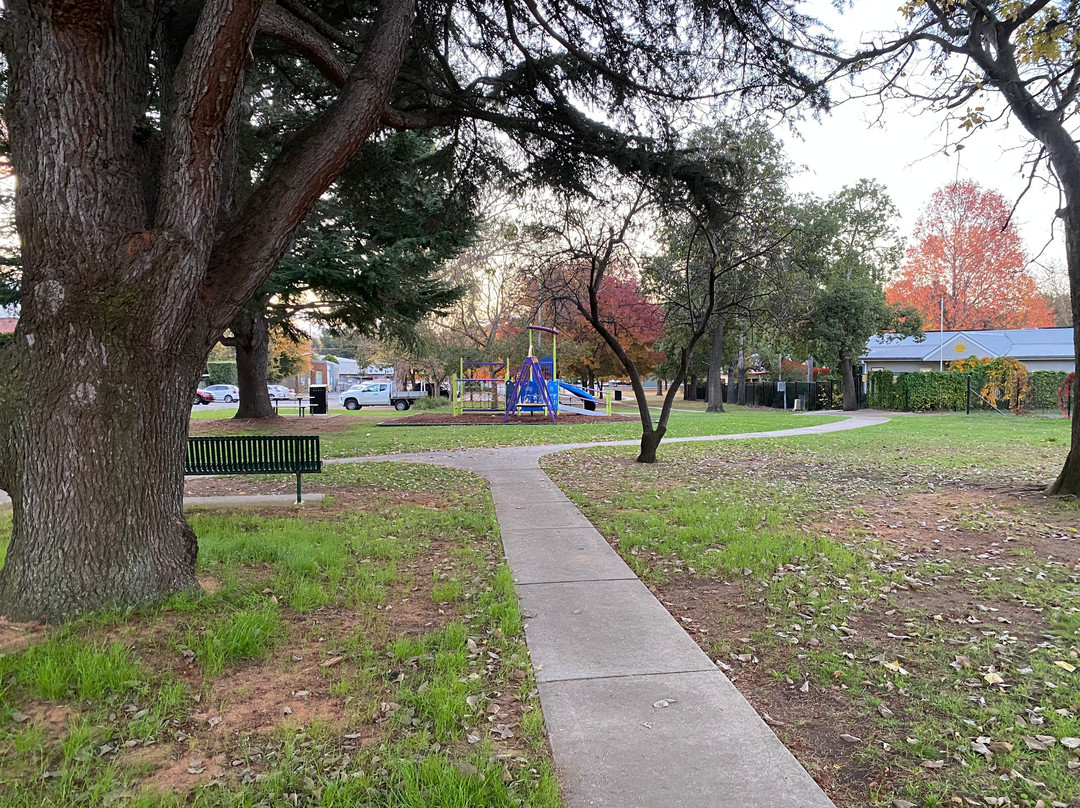
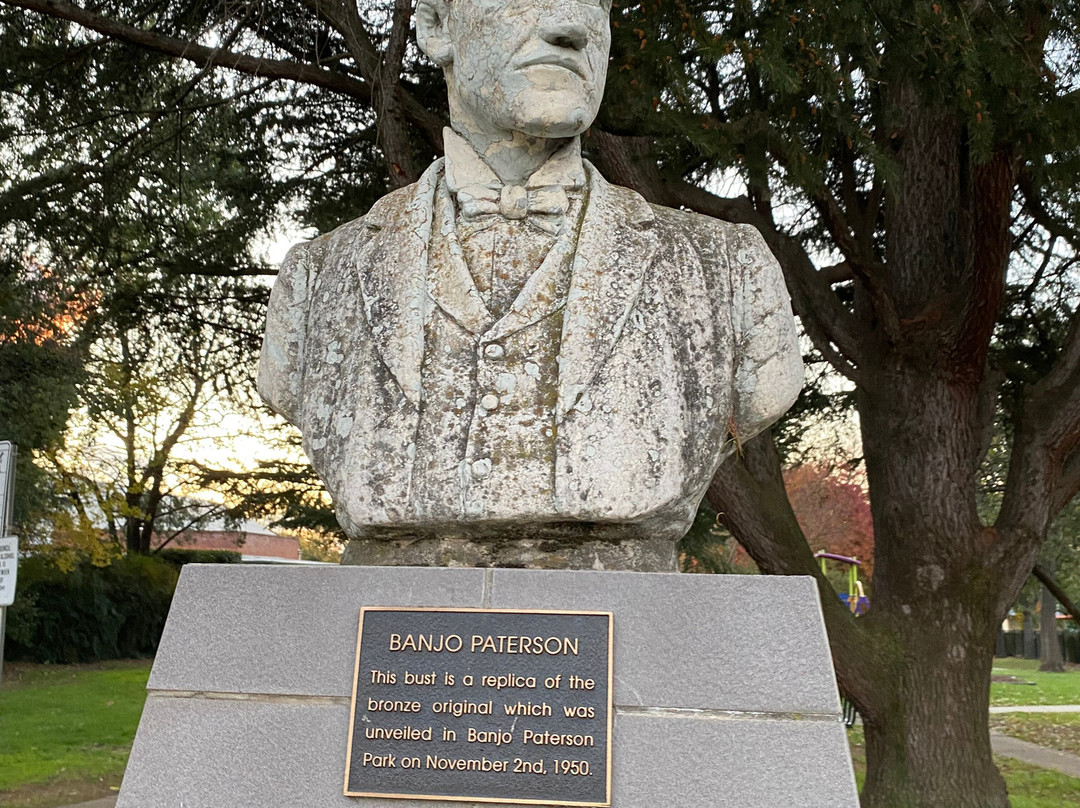
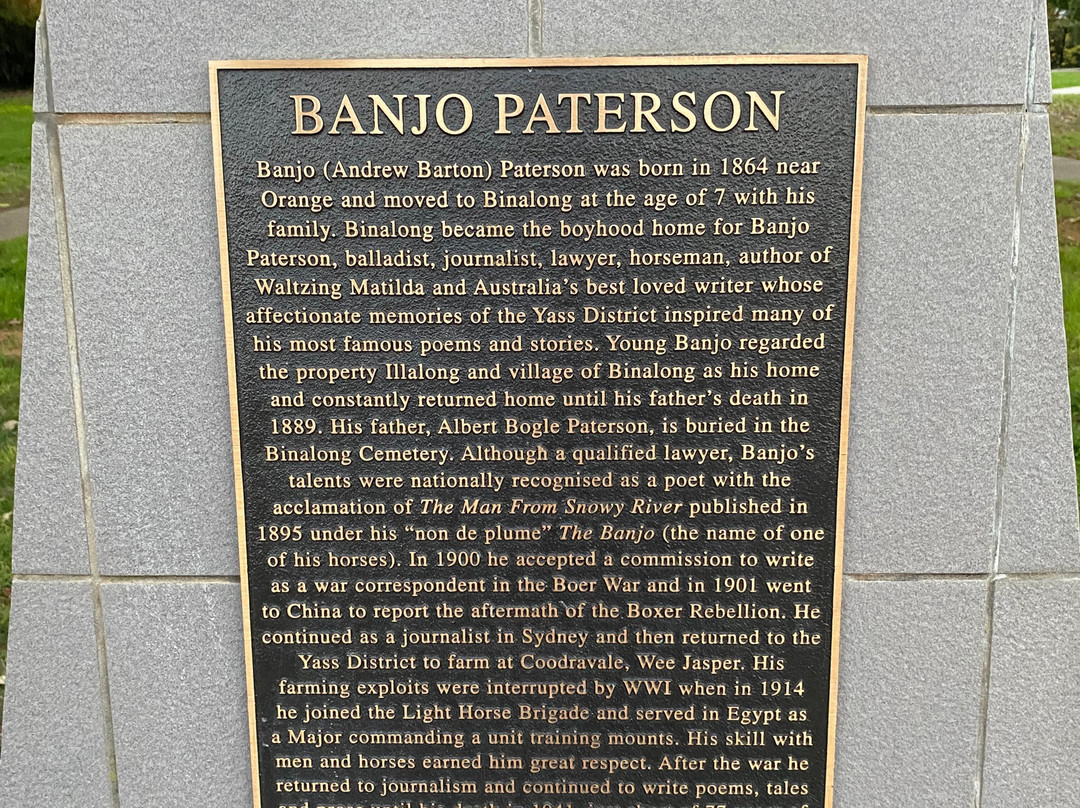
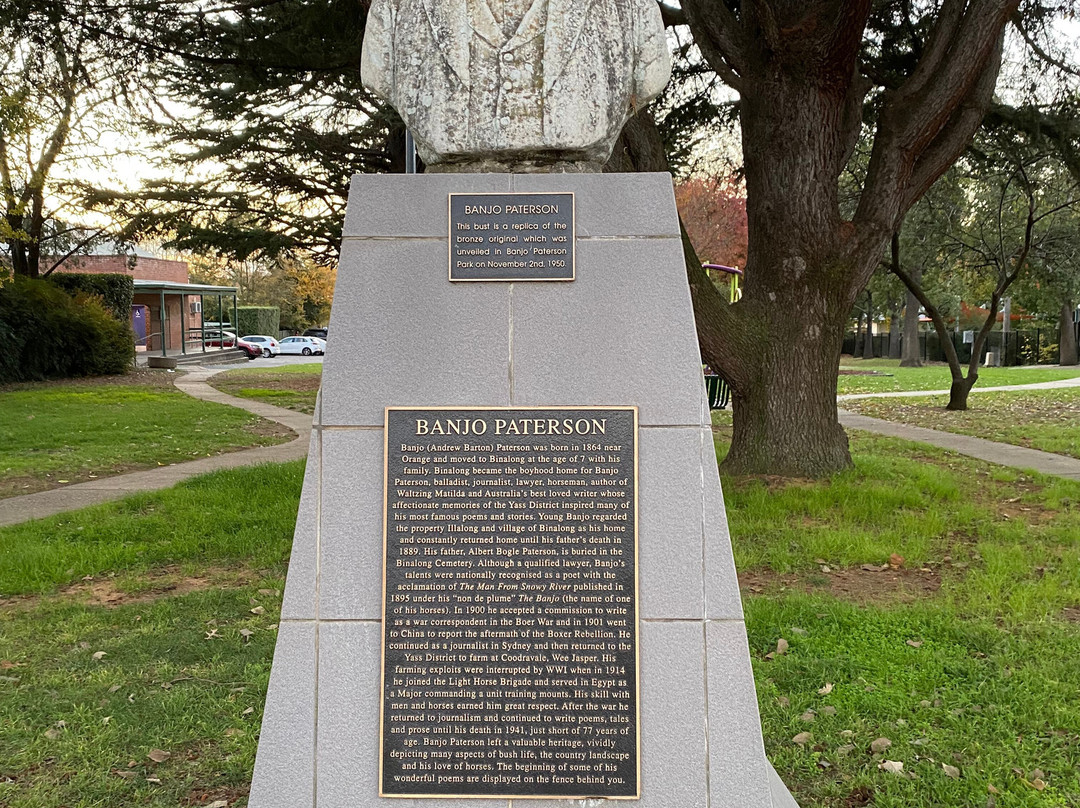
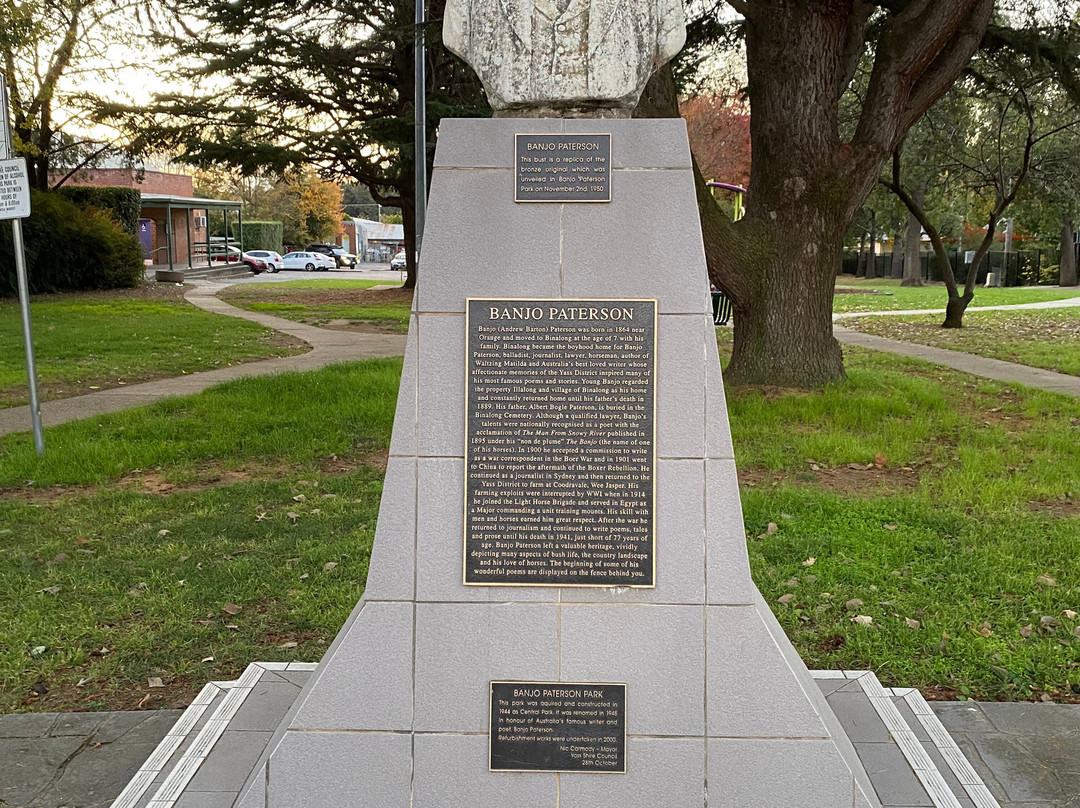
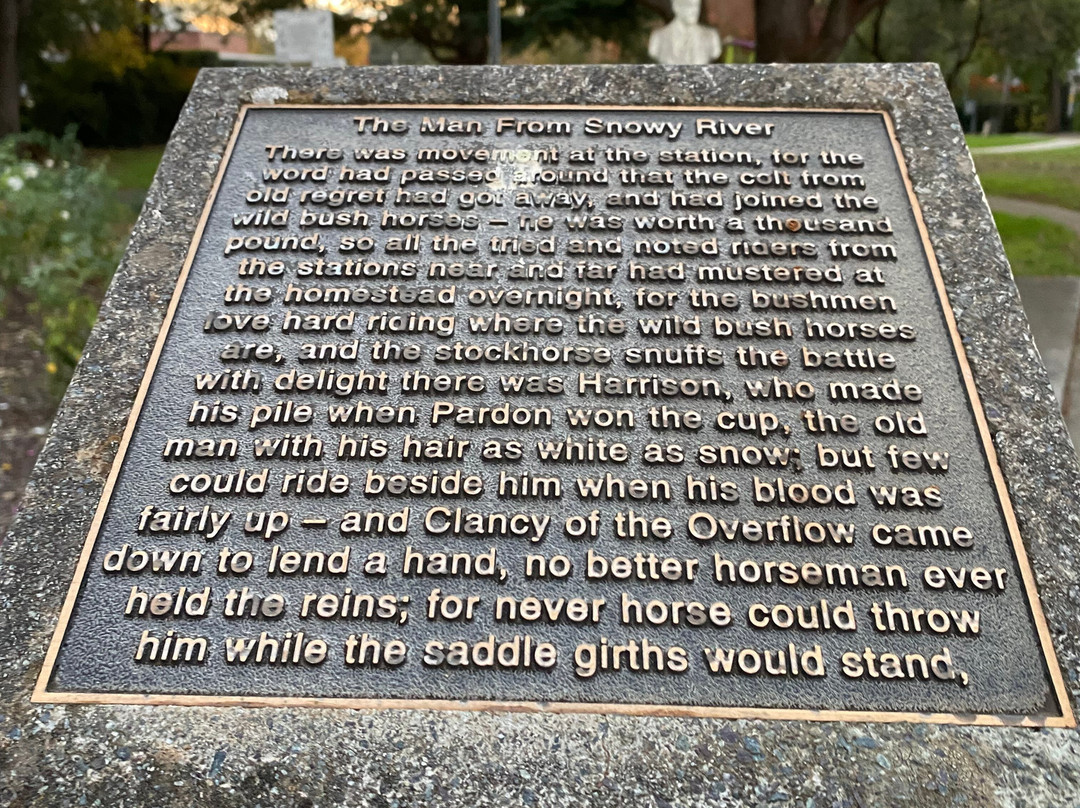
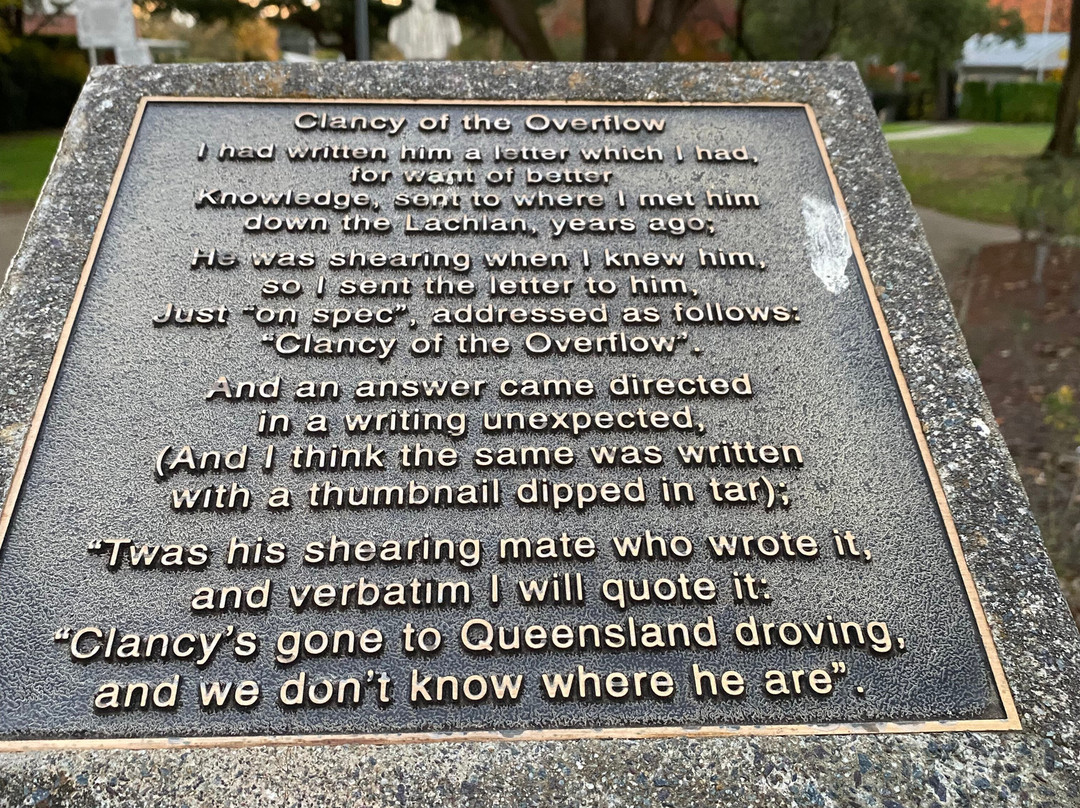
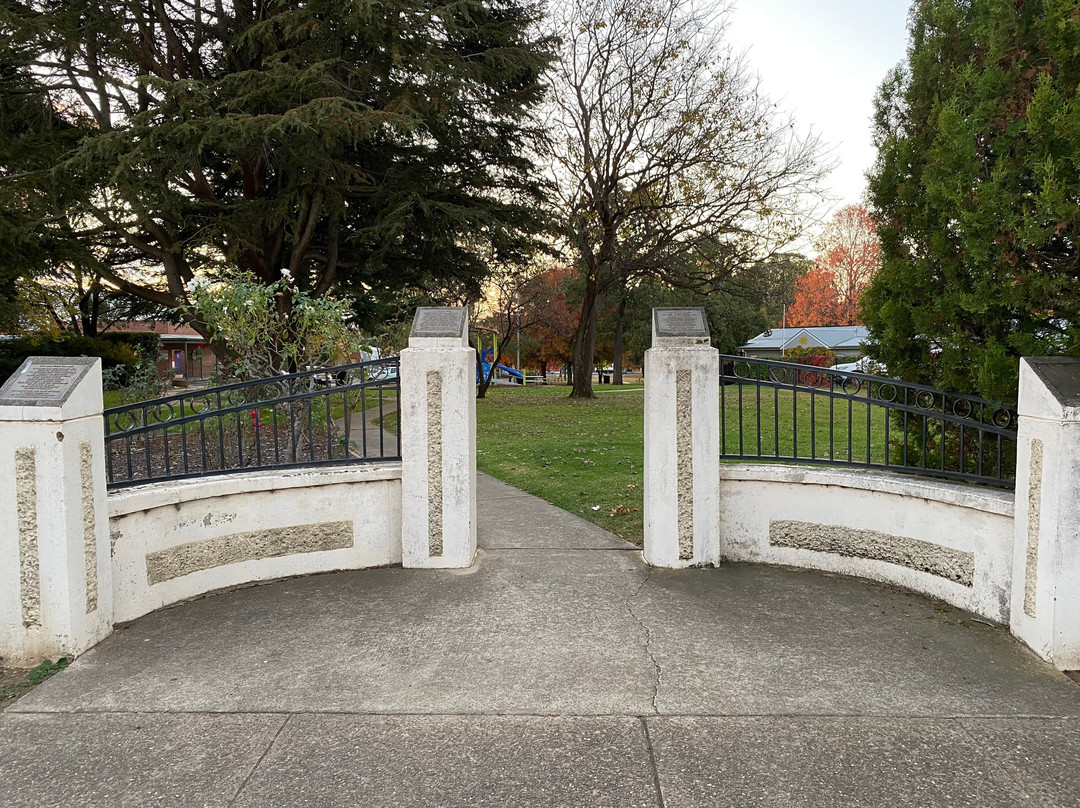
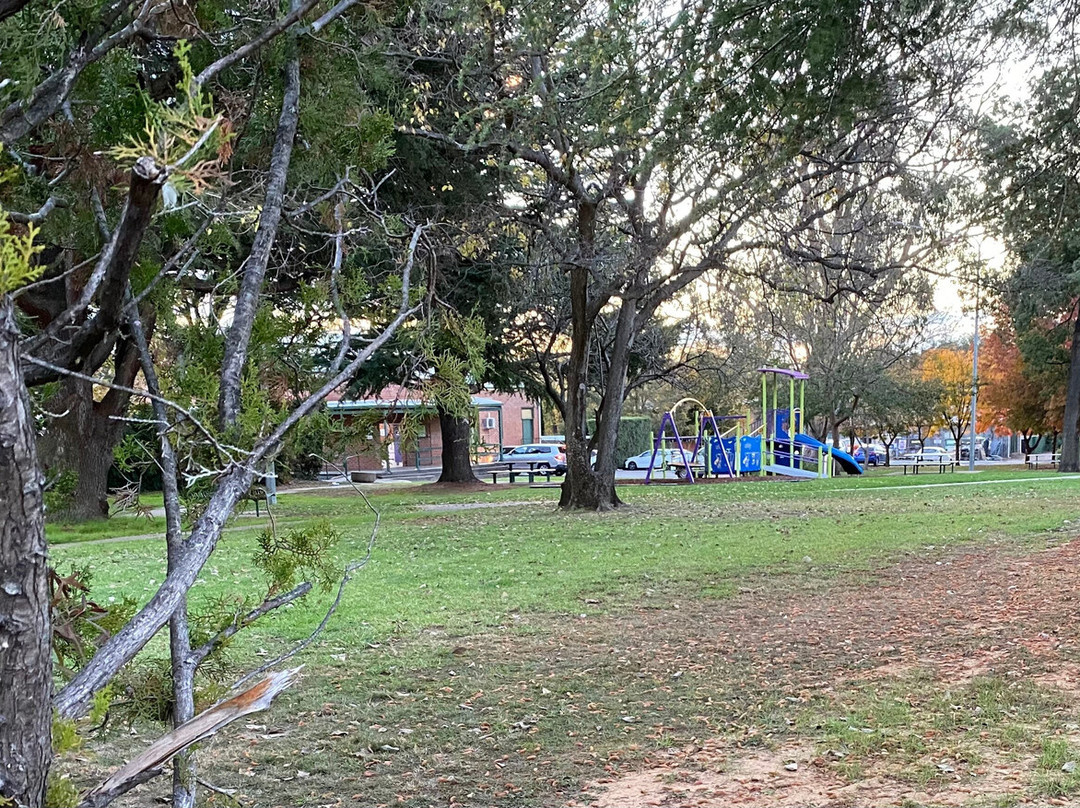
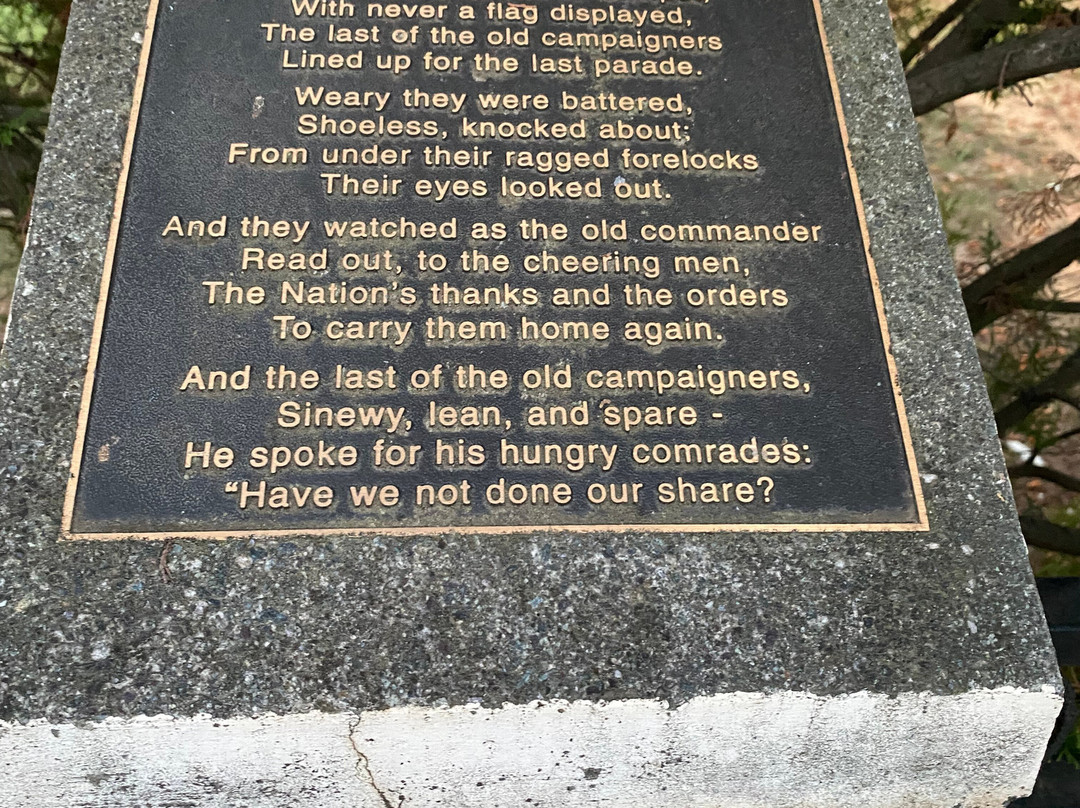
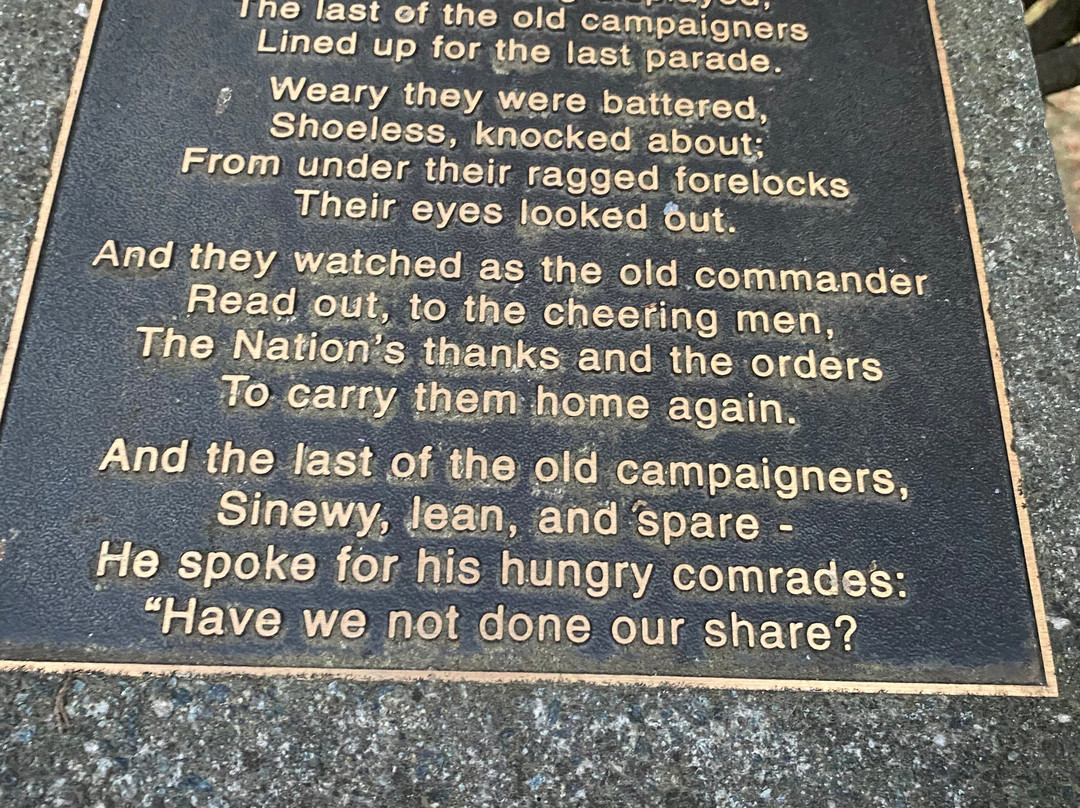
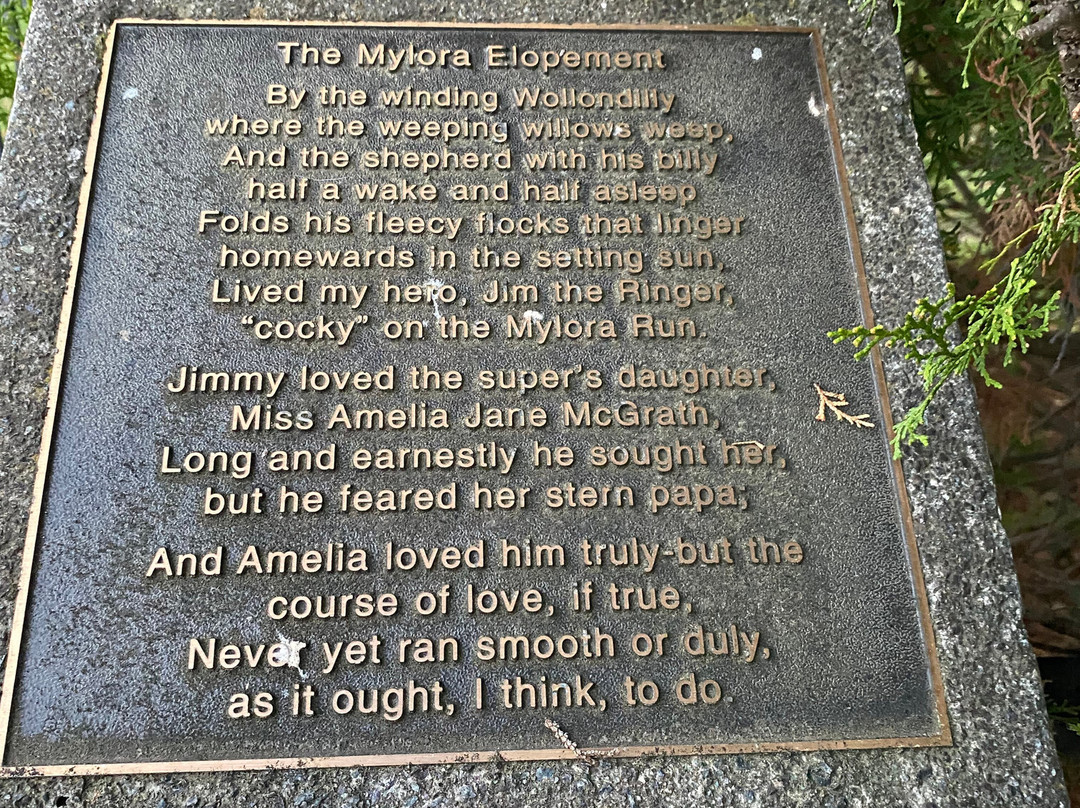

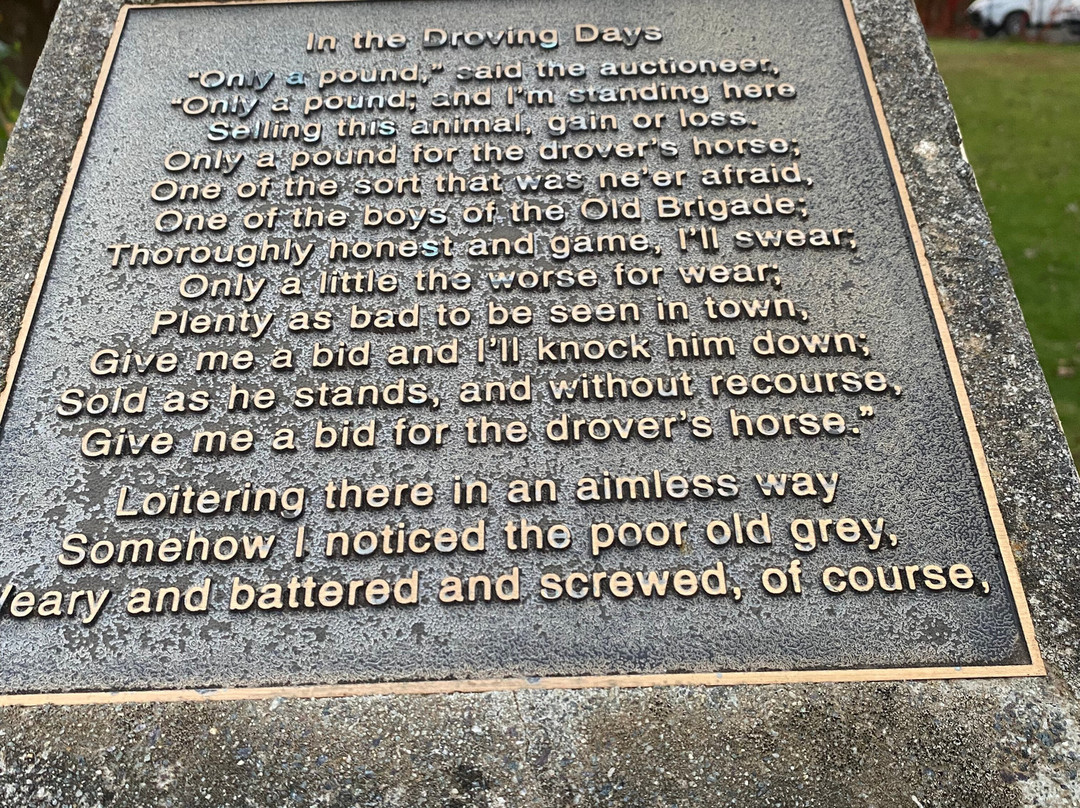
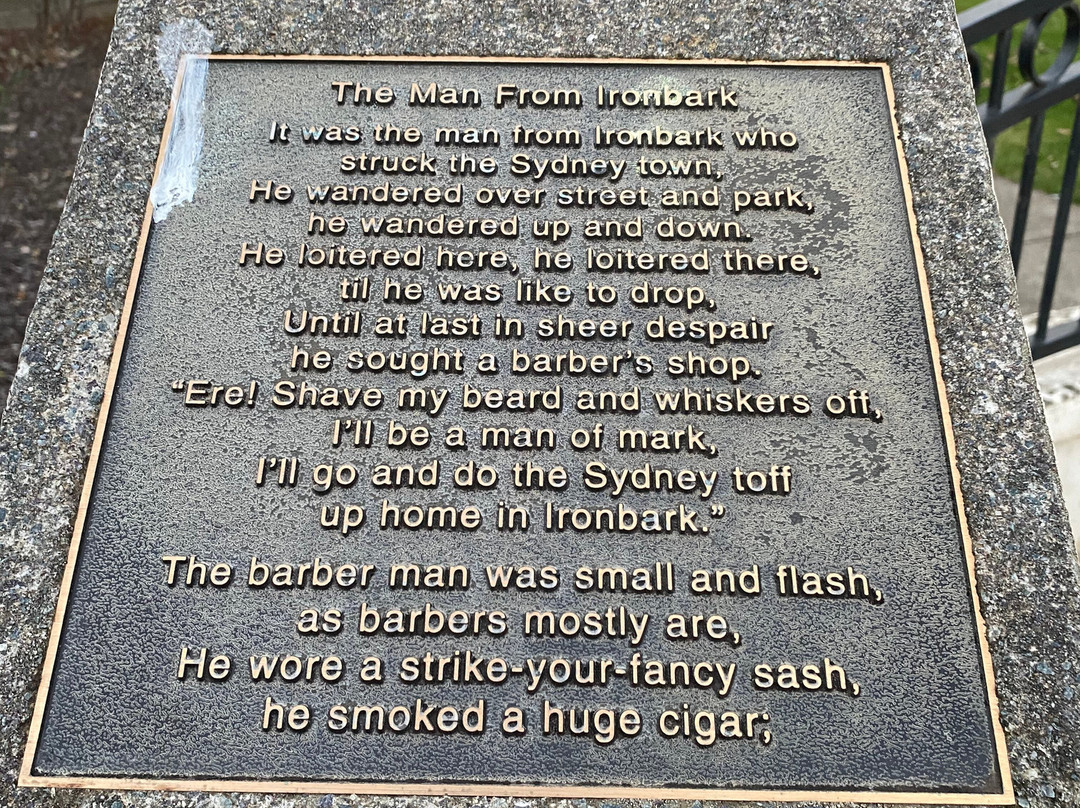
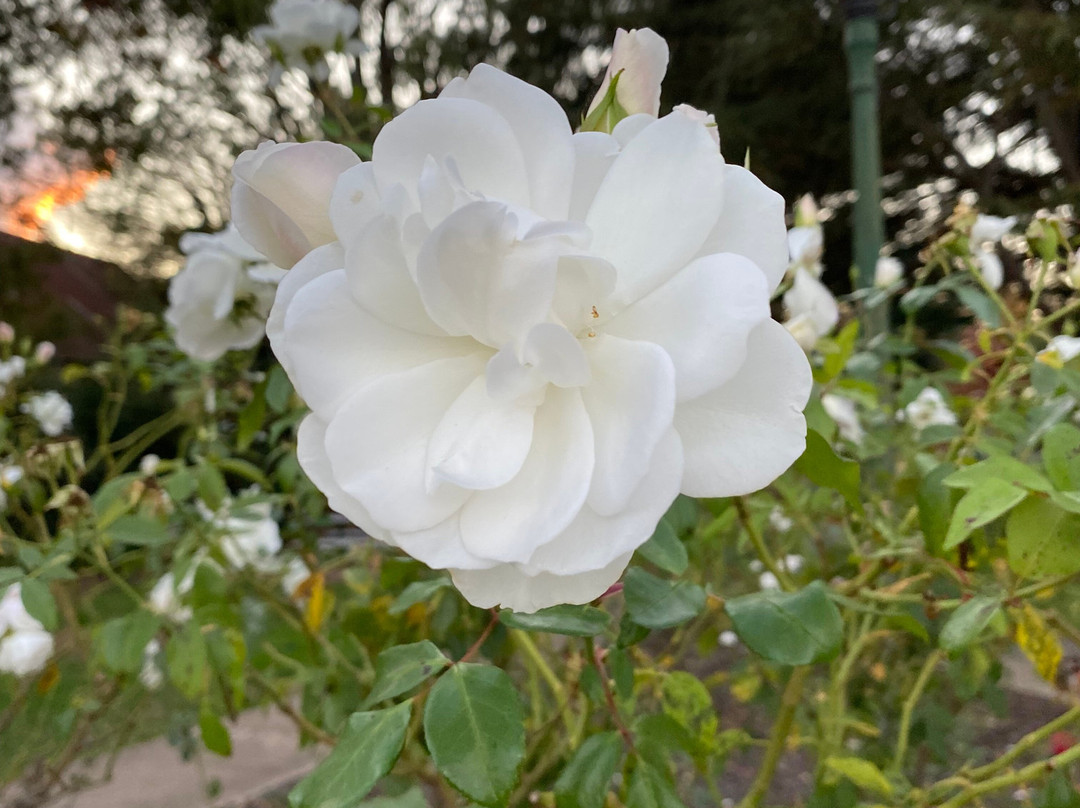
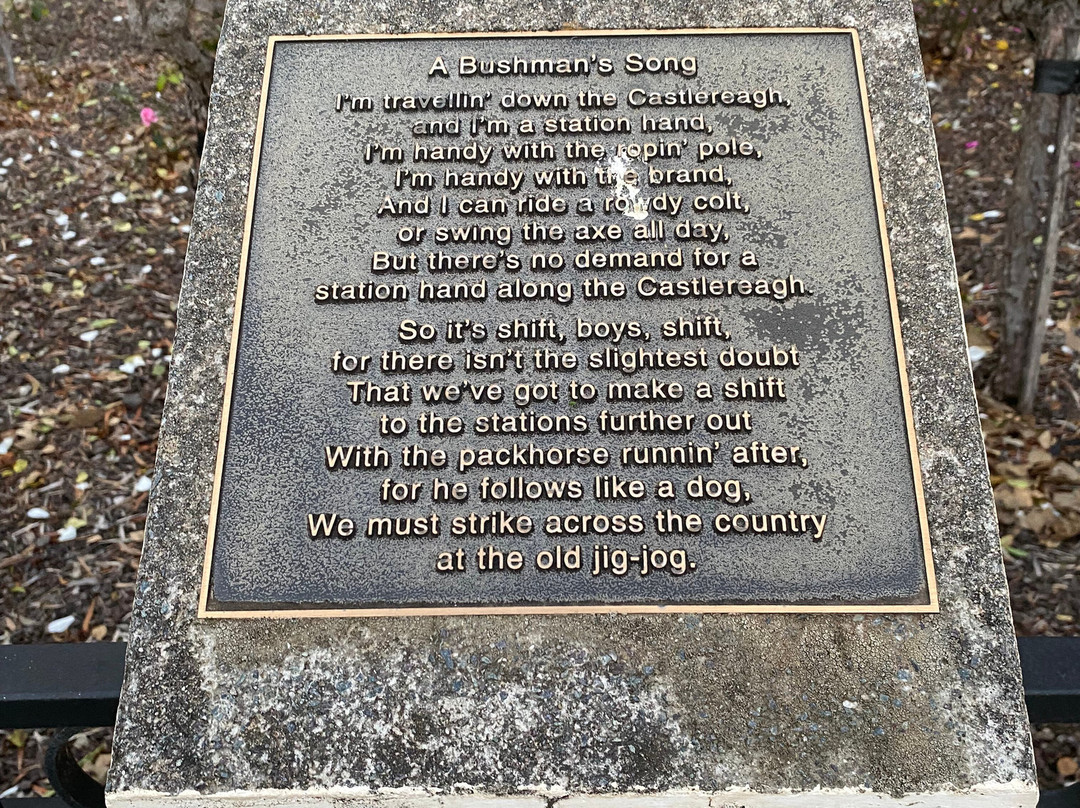
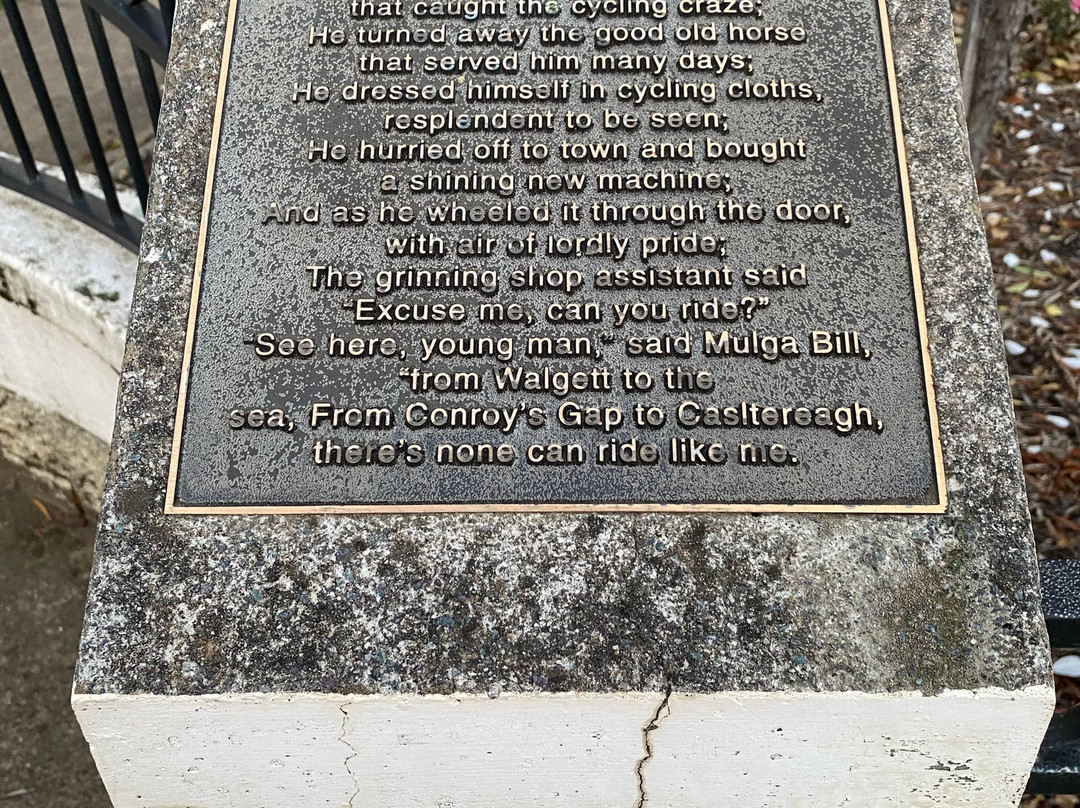
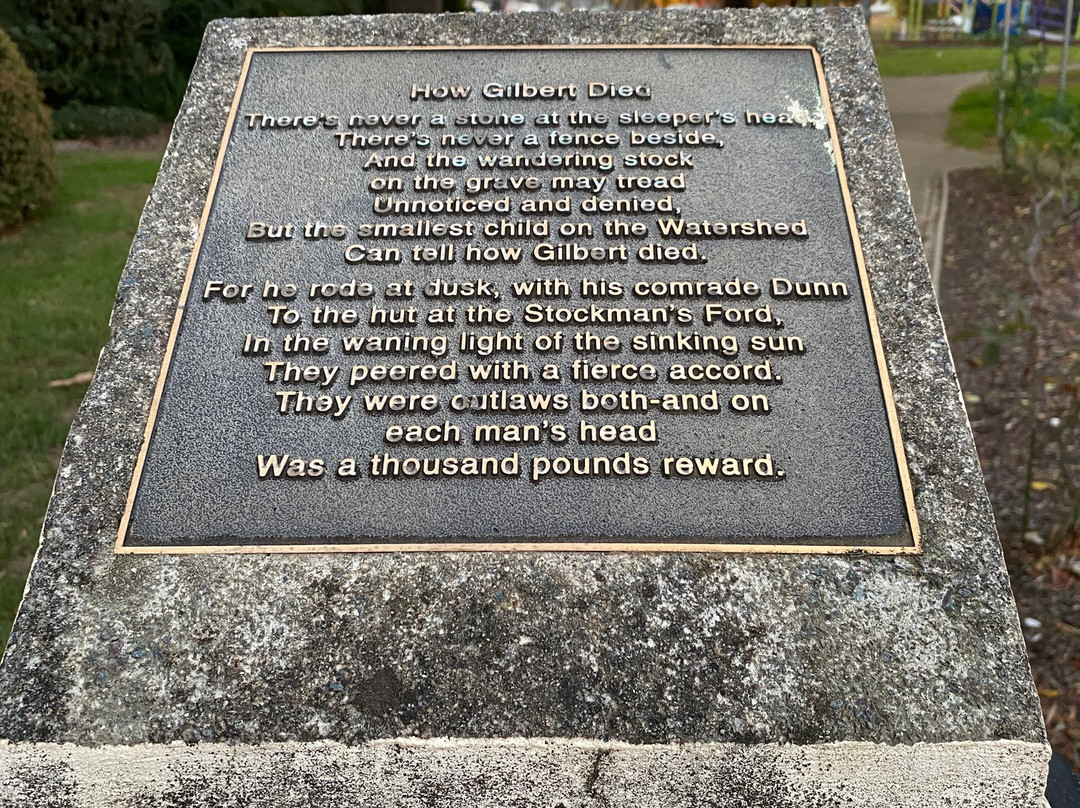
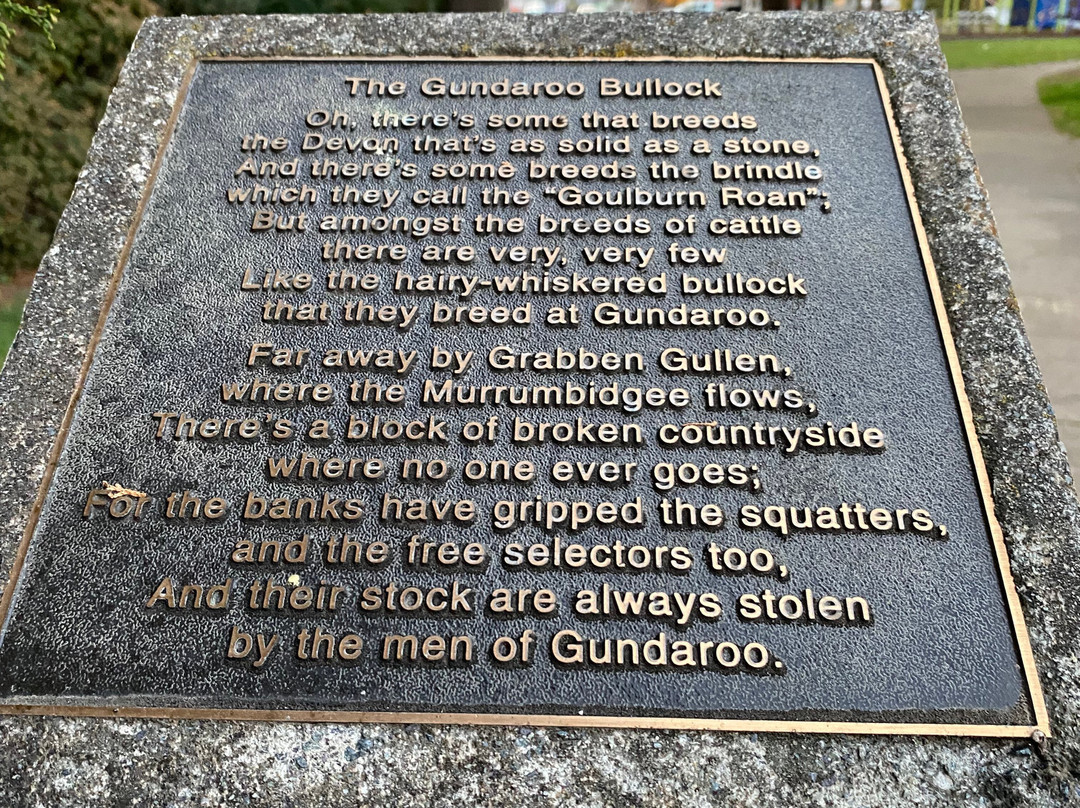
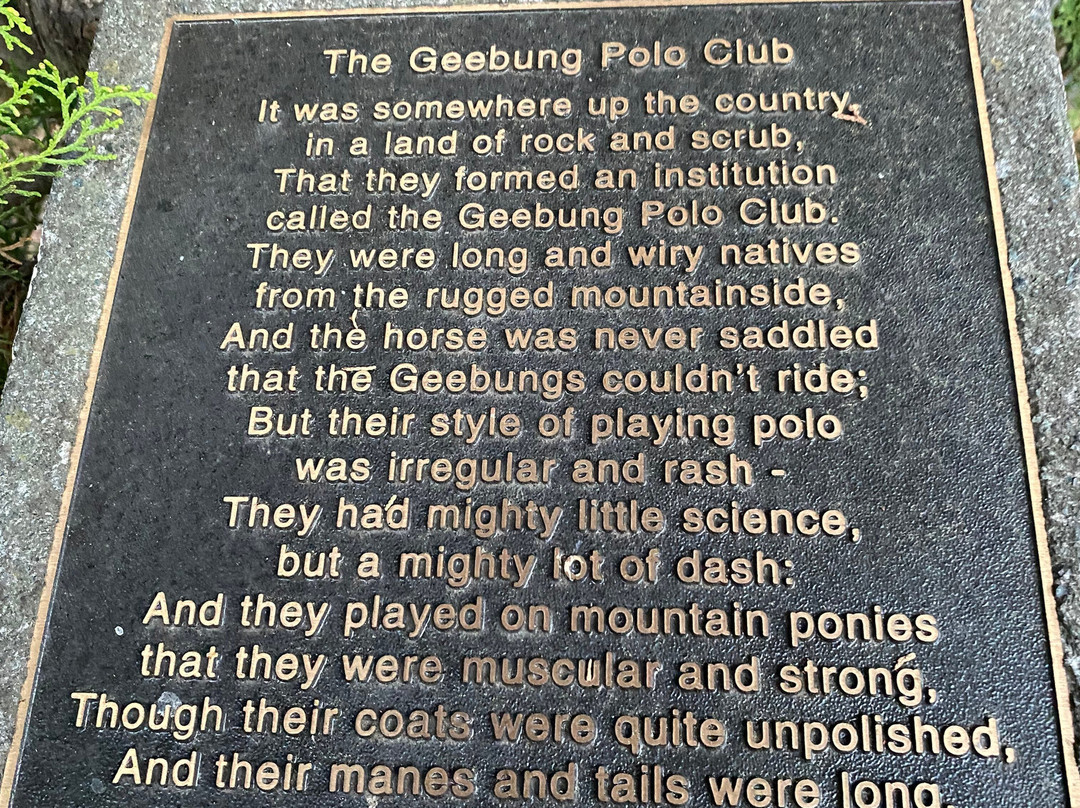
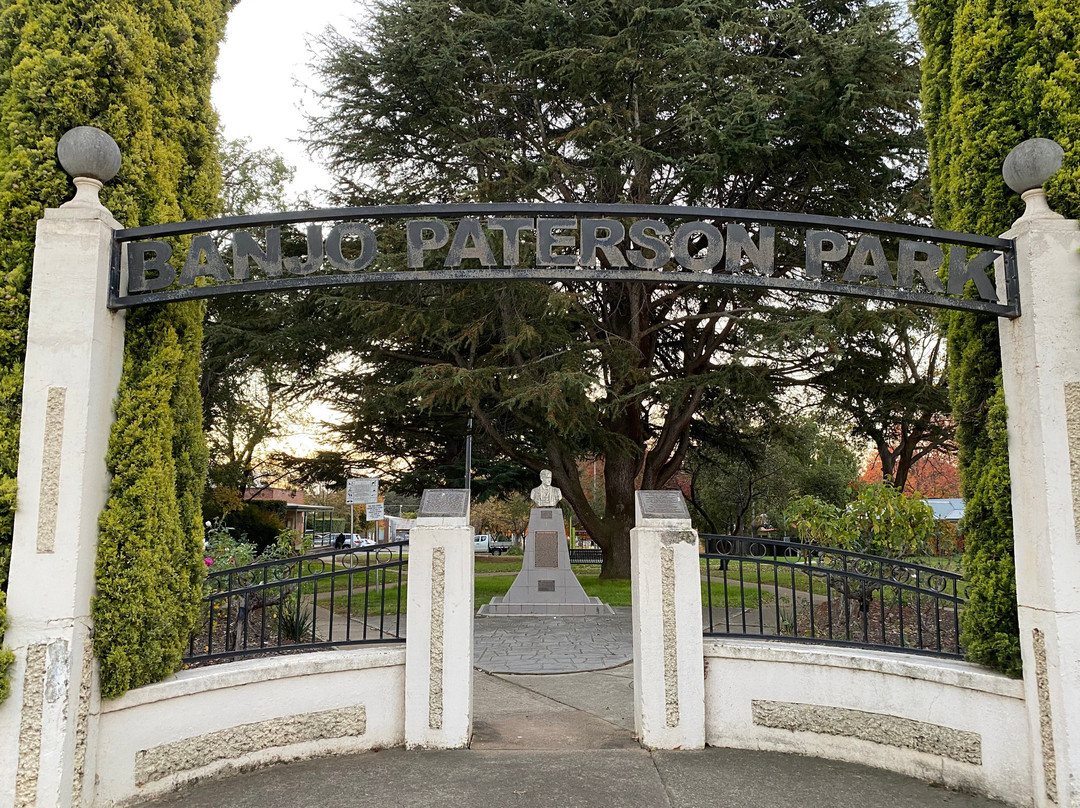
此点评仅代表旅行者个人的主观意见,并不代表TripAdvisor以及其合作方的意见。
关于我们
|
新闻动态
|
商务合作
|
会员中心
|
业主中心
|
业主通
|
常见问题
|
意见反馈
|
联系我们
|
营业执照
© 2025 Tripadvisor 版权所有。
使用条款 |隐私政策 |网站工作原理
部分照片由 VFM Leonardo 提供。
* Tripadvisor不是旅行社,也不是旅游预订服务代理商。我们提供免费、客观、公正的旅游资讯服务。 (显示更多)
TripAdvisor LLC 既不是预订代理商,也不是旅游运营商,不会向网站用户收取任何服务费。 按照规定,在 Tripadvisor 发布机票价格、游览和旅行套餐的合作伙伴(航空公司、旅行提供商及预订代理商),其标价须包含所有费用和附加费用。 例如, 机场出入境税费、消费税与其他服务费、手续费、杂费及附加费用。 当您向我们的某个合作伙伴进行预订时,请务必查阅他们的网站以了解当地行政部门要求的所有适用费用的具体情况。 除非另有说明,机票价格通常指的是一个人的价格(以人民币计)。
为方便起见,TripAdvisor LLC 根据从我们的预订合作伙伴获取的空房率计算每个酒店的均价。 对于游览和景点来说,所显示价格通常是每位成人的最低可用价格。 对于列出的任何旅行套餐或优惠,TripAdvisor LLC 无法保证任何特定的费率或价格。 此外,酒店均价每晚会更新,并以您的首选币种表示(使用现行汇率)。 由于这些已换算的价格是预估价格,因此,有关具体金额和币种请与预订网站进行核实。
此外,TripAdvisor LLC 无法保证我们网站上宣传的价格随时有效。 标价可能需要预订一定天数才能生效,或有不可用日期、使用条件或限制。
TripAdvisor公司对外部网站的内容一概不负责。优惠价格中不含税和其他费用。
ICP证:沪B2-20200433
沪ICP备20013175号
 沪公网安备31010502005427号
沪公网安备31010502005427号鹰程信息技术(上海)有限公司
货币/国家及地区
¥CNY
中国

